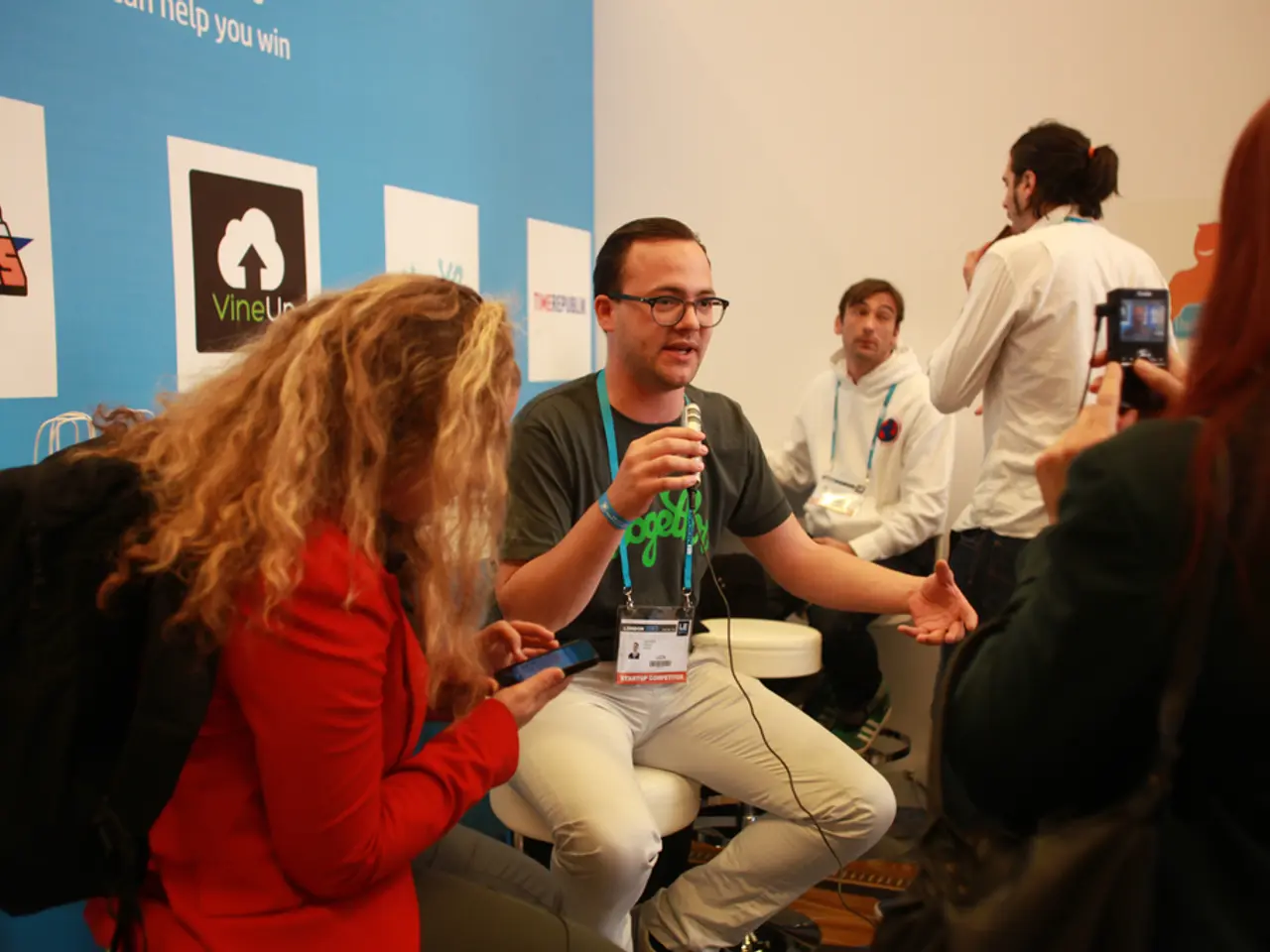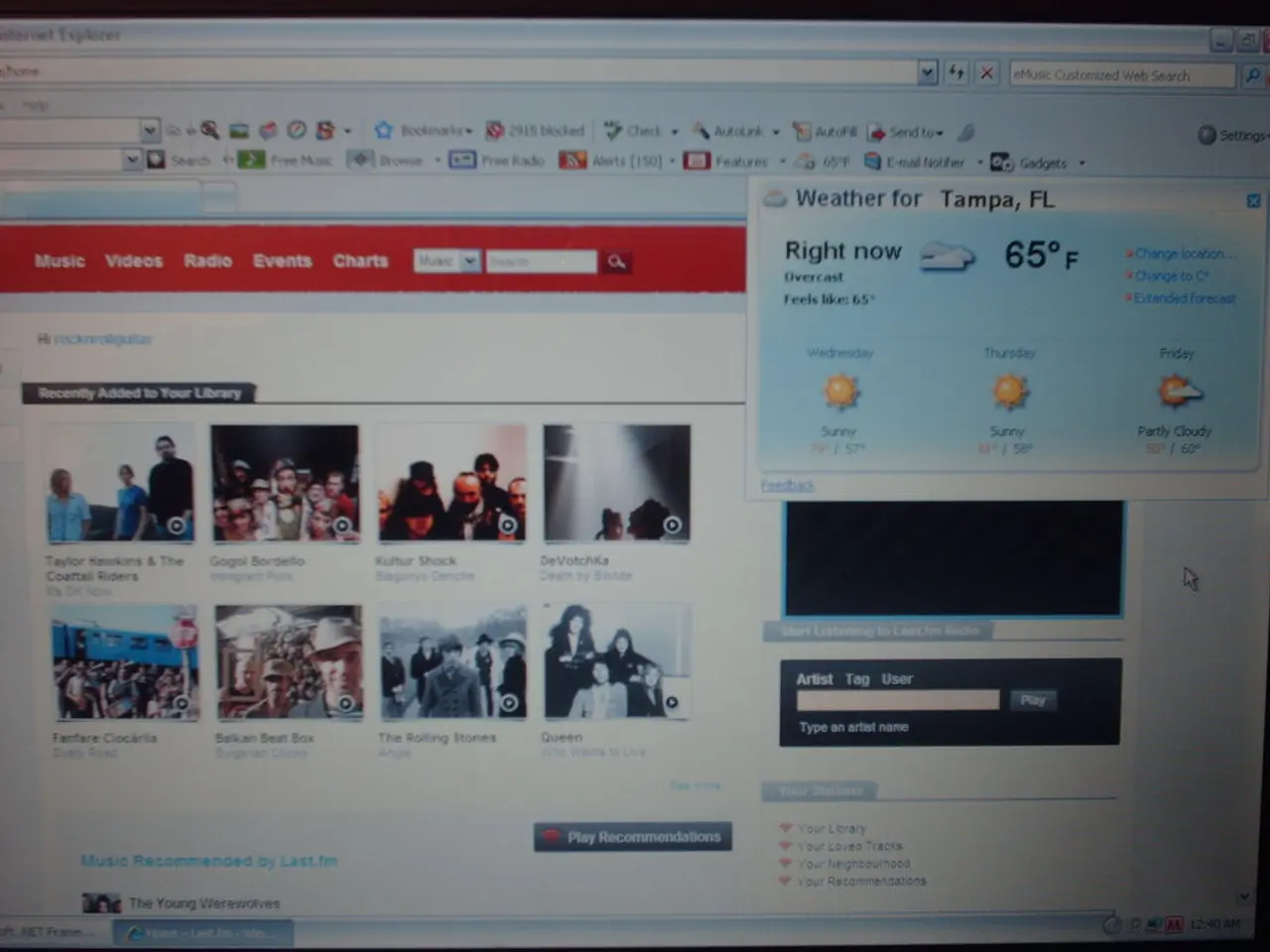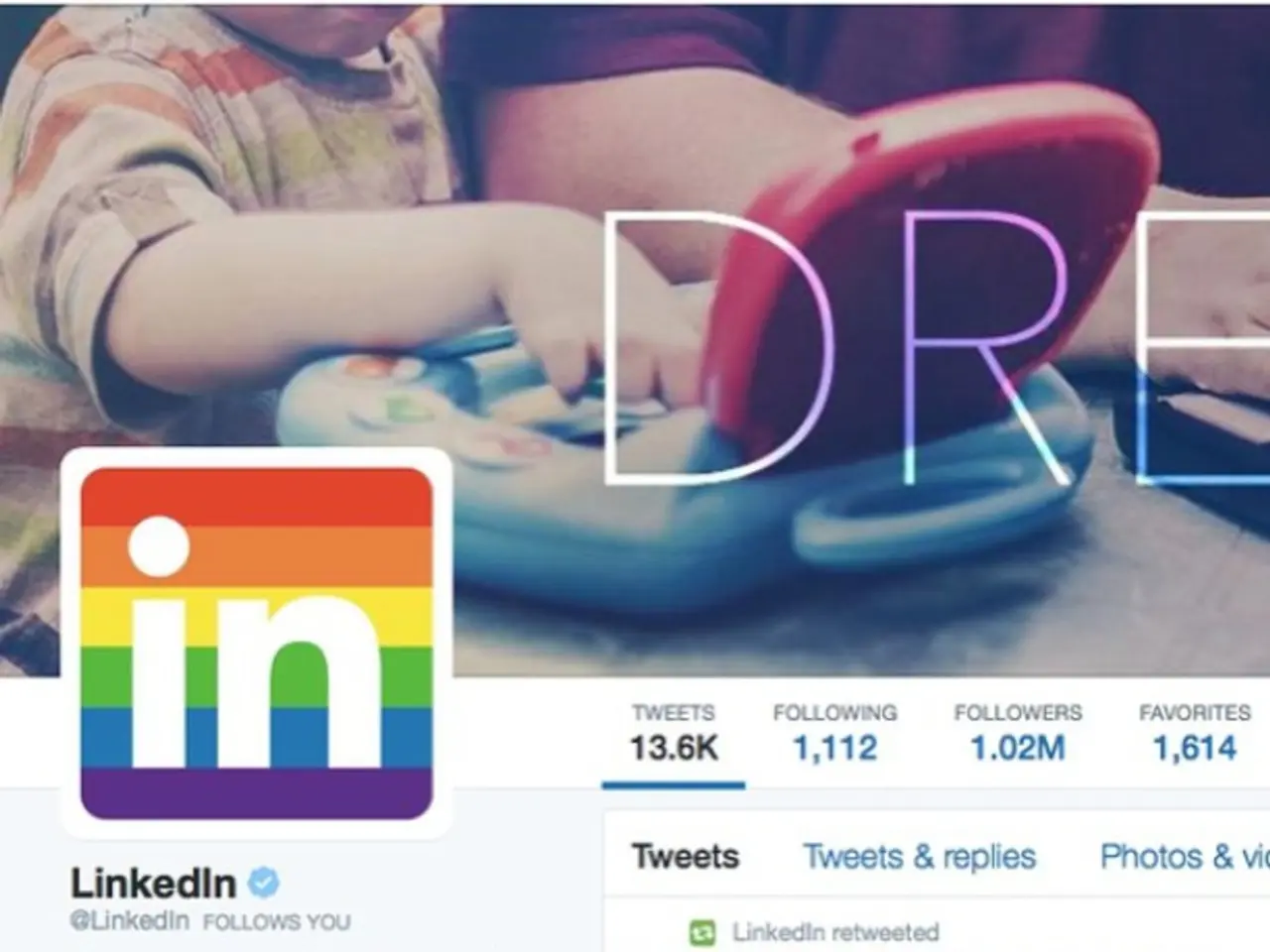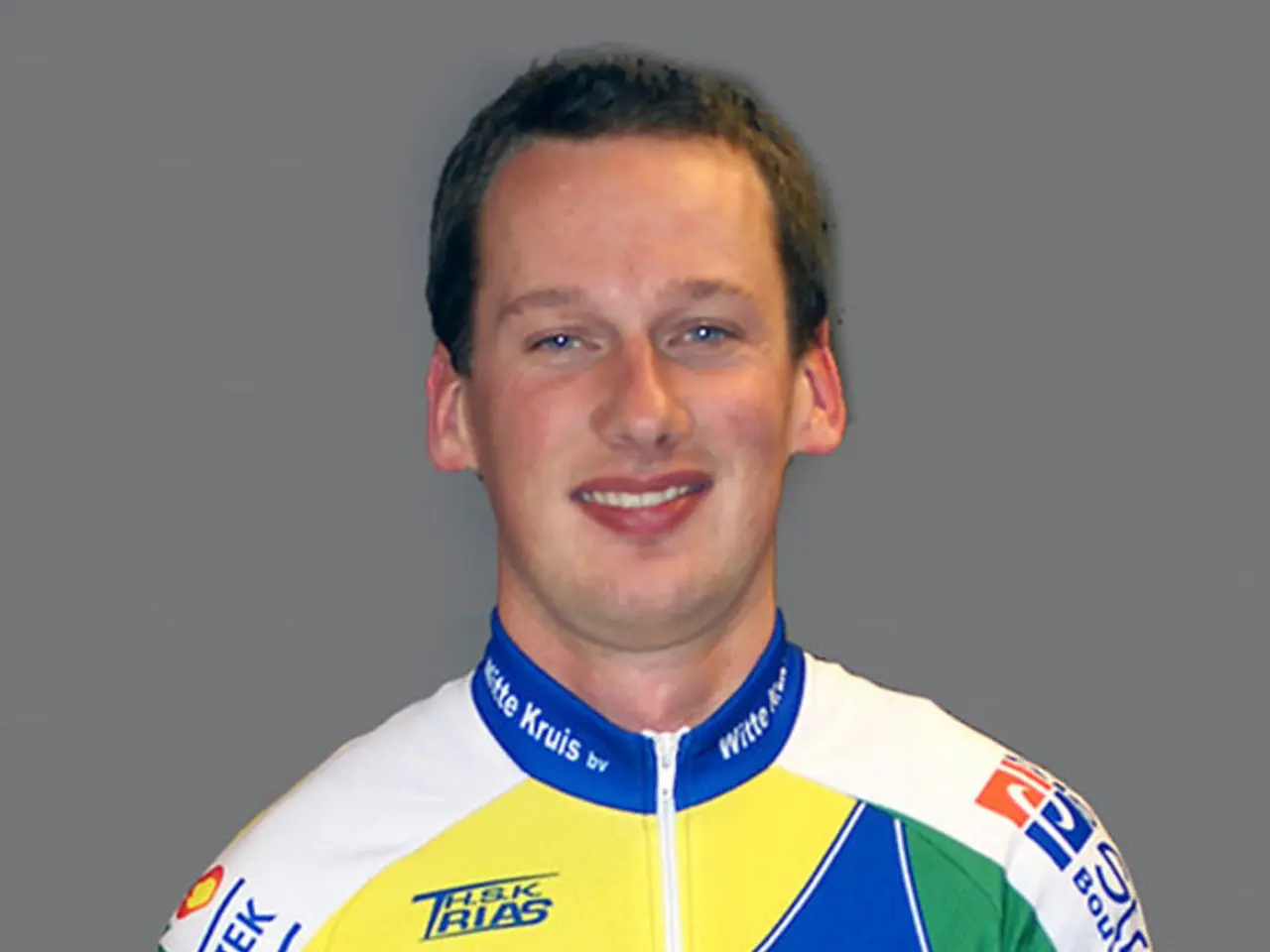Tactics for Navigating Unconventional User Experience Interview Questions
When preparing for a UX interview, it's essential to understand that interviewers are not only interested in your successes but also in your ability to learn from challenges and grow as a professional. Here's a breakdown of how to approach common interview questions about a UX project that didn't go as planned, a successful UX project, and a recent project.
A UX Project That Didn't Go as Planned
Be honest and self-critical about what went wrong without blaming others. Describe the challenges or mistakes clearly, such as misaligned stakeholder expectations, insufficient user research, or technical constraints. Emphasize what you learned from the experience and how you adapted or improved your process in future projects. Highlight teamwork aspects, such as how you worked with others to address issues or incorporated feedback to course-correct.
For example, you might explain a situation where the project encountered obstacles, what the root causes were, how you communicated with your team and stakeholders, and how this experience contributed to your professional growth.
A Successful UX Project
Outline the project goals and your role clearly. Detail your design process, emphasizing research, prototyping, user testing, and iteration. Point out collaboration with cross-functional teams (product managers, developers, stakeholders) to align goals and deliverables. Highlight key outcomes, such as improved user satisfaction, increased engagement, or business impact with metrics if possible. Mention tools and methods used to achieve success, demonstrating your technical proficiency. Reflect on how the success reinforced your skills or influenced your approach to future projects.
A Recent Project You Worked On
Describe the project scope and objectives concisely. Discuss your design approach, focusing on user-centered methods and addressing specific problem statements. Demonstrate teamwork by explaining your interactions with other designers, developers, or product owners. Showcase how you incorporated feedback or handled constraints. Include examples of personal growth, such as learning new tools, applying new methodologies, or improving collaboration skills. Emphasize a balance between technical execution and understanding user needs.
Additional Tips
Use the STAR method (Situation, Task, Action, Result) to structure your answers clearly. Acknowledge mistakes or challenges maturely and stress continuous improvement. Focus on collaboration highlights, showing openness to feedback and inclusivity. Reflect on how experiences shaped your design philosophy or work habits. Be specific about tools you use and design principles you apply to convey expertise and adaptability.
By following these guidelines, you can demonstrate your professionalism, reflective mindset, and ability to contribute positively to a UX team. Remember, interviewers may also be testing your ability to work with clients, stakeholders, and other team members. Responses should not be scripted, but planned and have key headlines in mind when starting to answer these questions. A successful response should create a personal connection with the interviewer and be specific, detailed, and enduring.
Lastly, it's important to note that the question "Give me an instance where you delivered something exceptional, something that made you really proud of the result" is a separate question and not related to the previous ones. Also, remember that other team members may have included similar work in their portfolios, so the purpose of these questions is to assess your ability to be self-critical and learn from adverse experiences, as well as your "cultural fit" for the company.
- Discussing a recent UX project, I delved into the intricacies of creating a finance mobile app for a tech startup. By adhering to user-centered methods, I addressed the challenges of managing user expectations and technical constraints, learning along the way about the importance of clear and concise communication with stakeholders. Reflecting on this experience, I realized the significance of adaptability in technology, which has become a cornerstone in my design philosophy and work habits.
- Demonstrating my versatility as a UX designer, I'm eager to grow not only in the realm of technology but also in business and finance. As a result, I've set my career goals on expanding my portfolio to encompass innovative UX solutions that address the needs of businesses and their customers. In doing so, I'm eager to foster teamwork and collaboration with cross-functional teams, ensuring a collaborative and successful approach to projects.




